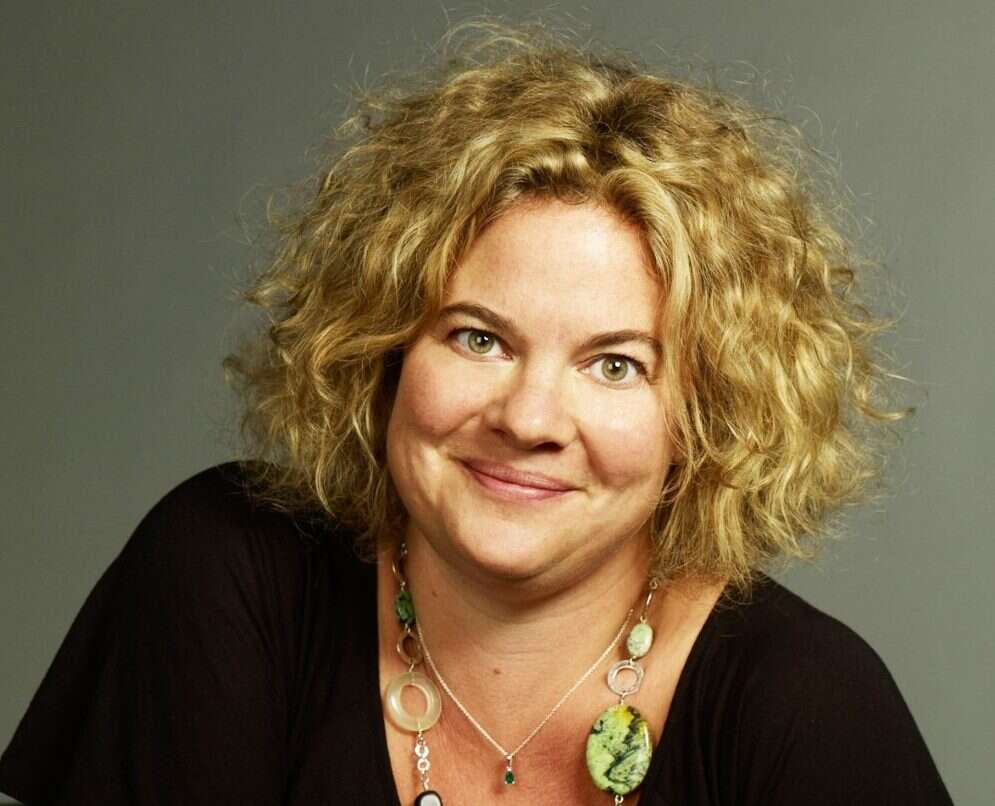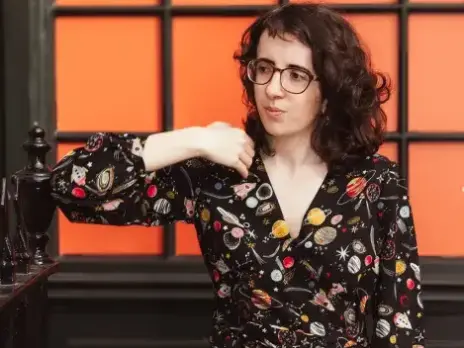
Former Sunday Times editorial director and chair of Women in Journalism Eleanor Mills shares her insight on how to improve newsroom diversity and why it matters.
Over two and a half decades as an editor on national newspapers I have banged on about diversity. I can see the eye rolls as I write that sentence.
Of course, when I began – in 1992 as a researcher on The Observer, and then as the youngest ever features editor at the Daily Telegraph – ‘diversity’ wasn’t a thing. But as the youngest, and often only, woman in the room I soon learned that my perspective was different. Even then I believed that different points of view made the paper better – relevant, fresher, more likely to engage the reader.
These days although there are more women around generally and more female Editors – there are still areas of the paper where a kind of gender apartheid operates such as sport and business (still overwhelmingly male) and features and fashion (where women reign).
As the influence of newspapers wane it is surely more important than ever that papers engage readers. Unfortunately, too many are not moving with the times.
Research conducted by Women in Journalism earlier this summer found diversity of voices in newspapers distinctly lacking. For a week in mid-July (in the wake of Black Lives Matter) we monitored prime-time news on TV, Radio and the newspaper front pages. How many front-page articles were written by a black reporter?
The answer, shamefully in my view, is none. Not a single one across the entire week. Seven of the 11 major newspapers did not even feature a single BAME reporter on the front page (there were six in total). And only a quarter of front-page stories were written by women.
This is not just about reporters. Of the 111 people quoted in front-page stories over the course of the week, just one was a black woman. For comparison, on TV, 30% of presenters are from BAME backgrounds. Is it surprising that a younger, more diverse audience are voting with their feet?
Given that the most conservative estimates put the non-white population of the UK at 10% it is not surprising that readership of newspapers continues to slump and the audiences they do have skew older and whiter. The press does not reflect the population it is supposed to serve.
Some newspapers are determined to bring change. Roula Khalaf, the new editor of the Financial Times (the first woman in that role) told me she already has gender targets of 50% female reporters, editors and experts quoted in stories and aims for “targets on BAME of 20 to 22% in the newsroom next year”.
Mirror editor Alison Phillps has similar concerns about increasing diversity to reflect her readership. But other publications appear less concerned. One senior BAME writer who preferred not to be named said: “Newspapers have shown no desire to change in the 20 years I have been in them because they don’t have to. No one holds them to account.”
I was asked by Press Gazette to come up with solutions, as well as setting out the problem.
In my experience – six years as Chair of Women in Journalism, 22 years at the Sunday Times – there are simple things that can shift the dial.
Given it is a business axiom that what gets measured gets done, having a baseline measurement of newsroom diversity to improve from is the first step. (The WIJ research showed many organisations have no idea.)
Another is to open up informal work experience or internships to unrepresented groups. Organisations such as Creative Access are a brilliant source of black and BAME interns for newspapers and magazines.
When you find a promising young person, reach out and mentor them through university and invite them back afterwards. Make them feel welcome. Mentor and support them meaningfully to navigate the culture.
Realise your organisation doesn’t reflect them. Recruitment has to be more active, the dial won’t shift on its own.
Diversity, of course, isn’t just about sex and race – research from the Sutton Trust showed 70% of journalists were educated at private schools. The industry needs to think about fairer pathways in – particularly since many youngsters have additionally paid for a journalism Masters, again excluding the cash-strapped.
It takes time to train up and hire new staff, particularly when the industry is not exactly booming. But it costs nothing for questions around diversity and representation to be asked by senior staff now. When you are handed a news list, or features list ask: where are the women, or people from black and BAME backgrounds? Often the answer is there aren’t any. Or if they are there, the women are arm candy and BAME people victims.
Senior editors need to insist on stories about women or black and BAME folks with agency, doing great things in their own right. The black women breaking into the Rich List. The Somali refugee who has won a place at Oxford. Those at the top have to signal the paper needs them. If the media is to be a true reflective mirror of our society and not a distorting lens then we need to see different kinds of people in positions of power, or hear about how they are stepping up.
All it takes is some self-reflection. If you are running a business story about different kinds of leadership, don’t illustrate it with four white men. If you are describing the impact of the pandemic, why not speak to one of the 25% of experts in the disease who is a woman (research from Kings shows that only 5% of experts quoted are women). Sure it might take a few more phone calls to find a female or BAME expert to comment, but they do exist. Encourage reporters to find them like the FT does.
If you want to change the way women, particularly older ones, and ethnic minorities are characterised in your newspaper, think about how they usually appear. Are the only women in your business section models on the catwalk for a clothing brand? Are the only black men in your paper footballers or stab victims? Read through the list with that lens in your mind. Eschew tokenism – why not use some black boys celebrating their A-level results rather than blonde girls. This has to change. Representation matters. What kinds of outdated stereotypes are you lazily allowing into your paper. Challenge them.
Who are you putting on your front page, or your covers? At the Sunday Times Magazine, we consciously made them more diverse. Magazines featuring Connie Huq and Priyanka Chopra on the front led to grateful emails from young Asian women saying they never usually saw themselves reflected there. Changing that encouraged a new audience to try the paper.
I believe passionately that diversity is not just a ‘nice to have’ or a politically correct mantra but is entirely core to newspapers continuing to be relevant.
Other sectors are updating recruitment policies, thinking about who potential recruits meet and whether they can see people like themselves within the organisation. Newspapers haven’t bothered to do any of that… yet. I hope it’s not because they’ve accepted defeat.
If we want new, younger, more diverse readers then we have to change newspapers to represent them. In the long run, we need to recruit and encourage different kinds of reporters into the industry. In the short term, we can at least ask the right questions. If we don’t our industry will die.
Email pged@pressgazette.co.uk to point out mistakes, provide story tips or send in a letter for publication on our "Letters Page" blog







